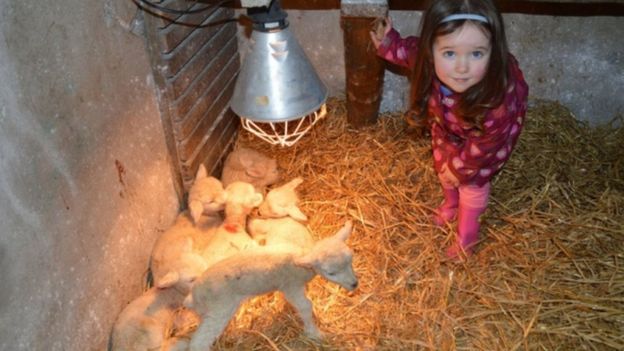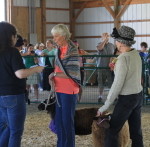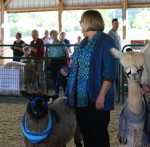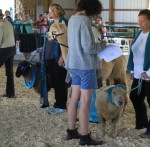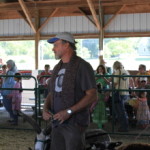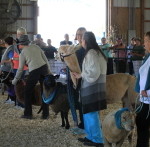90 Minute DVD from Doug Rathke, NZ trained USA shearing instructor since 1988 ($45).
Sheep Shearing Video
Strong demand has prompted Doug Rathke to put together an instructional sheep shearing called “Sheep Shearing Made Easy”. This video is designed both for the beginner and for those who have already been shearing and are interested in improving their shearing technique to increase speed and efficiency of the job and to minimize stress to the animal.
This 90 minute “how-to” video takes the viewer step by step through the basics of shearing including preparing for shearing, shearing clothing, fitness, understanding and appreciation of shearing gear, selecting combs and cutters, setting up a hand piece, and setting the shearing work area.
The core of the video is dedicated to shearing patterns and techniques. Not only does the video patiently show the basic shearing pattern and footwork, it also explains the modifications of the shearing pattern for different types of sheep. Each shearing blow is explained as Rathke demonstrates the procedure. Tips are also given on how to hold the hand piece for maximum blow width, thereby avoiding extra work and costly second cuts.
Also holds sheep shearing schools, located in Hutchinson Minnesota – check his web site for schedule.





